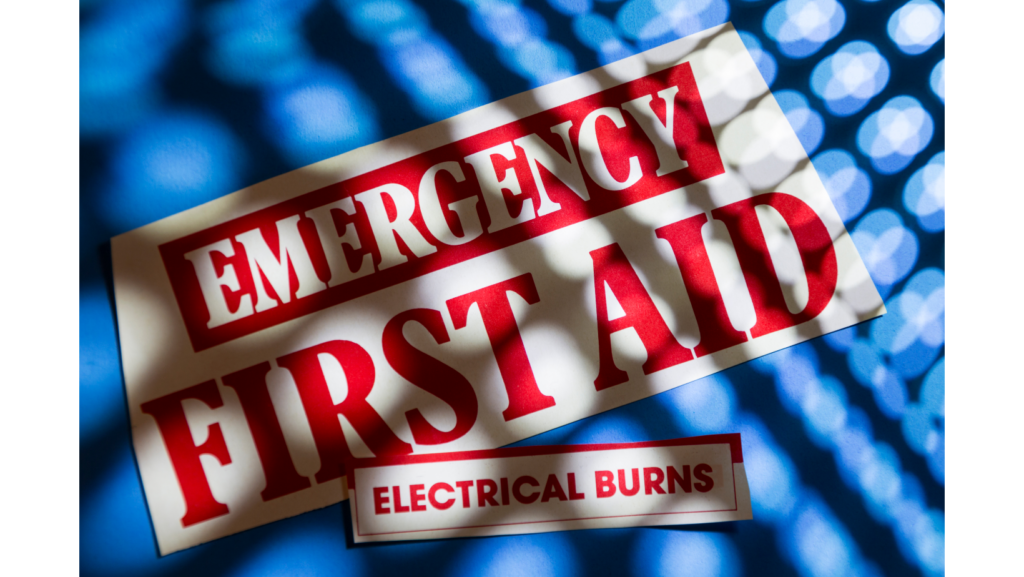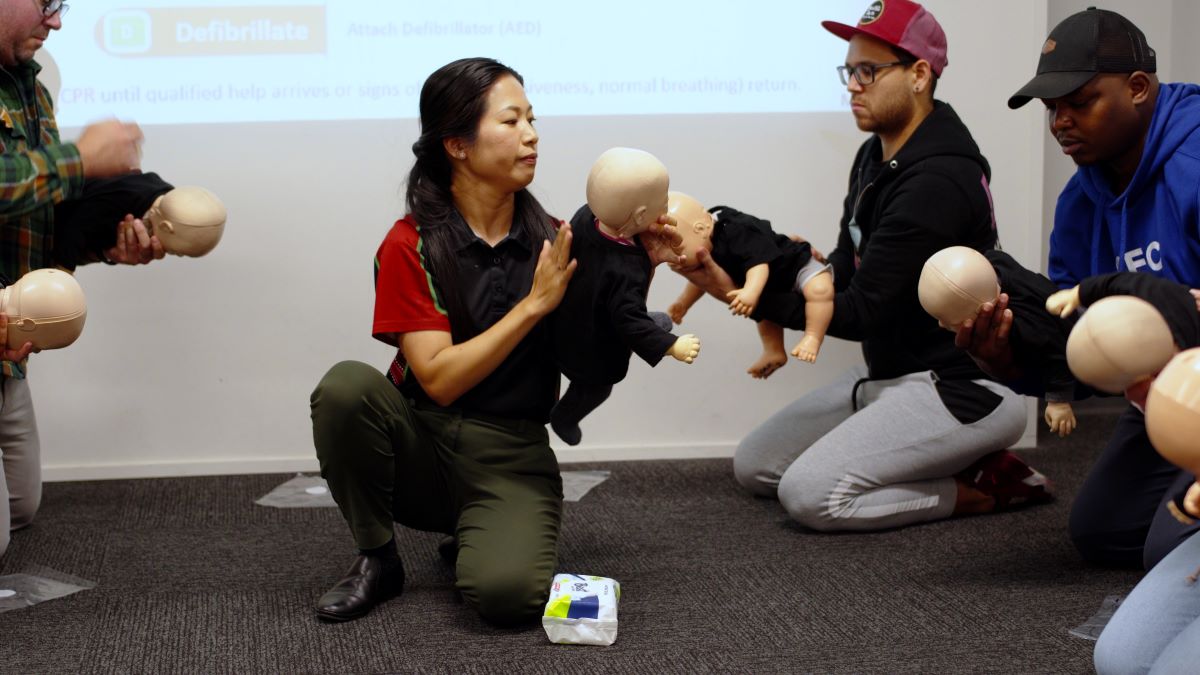Electrical burns occur when a person comes into contact with a high-energy current. The energy will then flow throughout the body, resulting in a shock.
Exposure to such energy may result in life-threatening situations and damage the internal body organs.
What are Electrical Burns?
An electrical burn is a form of tissue injury that happens when an electric current passes through the body, causing rapid damage.
According to the Agency for Clinical Innovation, around 20 fatalities occur due to electrical injuries every year. Electrical burns can be even more deadly than thermal and chemical burns, as they cause far more subdermal damage.
This means that although it does cause damage on the surface, it also destroys the skin tissues underneath. As a result, many casualties have trouble accurately diagnosing the burn’s severity.
The damage can be mild or severe, but in extreme cases, electrical injuries can cause shock to the brain, heart strain, and injury to major body organs.
Here are common organs affected by electrical burns.
Heart – The person may suffer from abnormal heart rhythm following the injury. It can cause the heart to stop, or in standard medical terms, “cardiac arrest.”
Kidney – As a consequence of an electrical shock, the kidney can stop functioning normally.
Bones and Muscles – The electrical current can damage the muscle cells, causing the tissue to leaking into the blood in a process called “rhabdomyolysis.” It can also result in acute compartment syndrome, the abnormal pressure build-up in muscle groups.
Nervous system – The injury can make people lose consciousness, muscle weakness, and cause ear or eye damage.
The external appearance of a burn does not accurately show the extent of the damage. In most cases, internal tissues and organs receive far more damage than the skin.
Signs and Symptoms
Electrical burns may vary in severity depending on different factors. These include the length of exposure to an electric source, the type of current, and the route it takes through the body. Some may be deep, while others cause damage in multiple areas. These injuries can minor on the outside but could be severe inside.
Electricity can cause different levels of skin burns, depending on the layer of the skin that is affected.
A superficial burn is when the damage only reaches the top layer of the skin. It may cause redness, drying, and pain. Pressing the burn can turn the skin white.
A partial-thickness burn is a second-degree in which it affects the dermis and epidermis. Symptoms may include skin redness, leak of fluids, and blisters forming.
Full-thickness is the most severe, where the burn affects all layers of the skin. In such cases, the person often doesn’t feel anything (due to nerve damage), and the skin appearance may be white, grey, or black.
Other symptoms will depend on the damage done to the internal organs.
First Aid Treatment
Electrical burns can be life-threatening. Call for help and dial triple zero (000) for medical assistance.
Take these first aid actions while waiting for the ambulance.
Turn off the source of electricity (when possible)
Ensure that all power sources are off before approaching the scene and the casualty. The subsequent actions will depend on whether the risk comes from high or low voltage electricity.
Try to move the source away from you and the casualty using a dry, non-conducting object – such as a large piece of cardboard, plastic, or wood.
Begin CPR
Breathing emergencies are common in electrical injuries. Open the airway by lifting the person’s chin, with the head slightly tilted. If you’re unable to clear their airway in their current position, roll them into the recovery position. Check the mouth for any obstructions.
If there are no signs of breathing or circulation, it’s time to begin CPR as soon as possible.
Defibrillation
If an AED is available in the vicinity, get someone to fetch and switch it on. Follow the voice and visual prompts coming from the device to begin defibrillation.
Apply a bandage
Cover the burn with a sterile gauze bandage. If unavailable, use a clean cloth to avoid risks of infections. Avoid using towels or blankets with loose fibres as there is a tendency to stick with the wound.
Even if the casualty appears well, it is still best to take them to the nearest hospital or medical facility for a thorough examination. Specific body organs and systems may develop a shock a few hours after the injury.
Find out more
Perform rescue from a live LV Panel, or Low Voltage Rescue Training is available to raise safety awareness for everyone. The course will cover essential topics, including emergency procedures to rescue a victim of electric injuries and assessing hazards to rescuer, victim and others.
The training course is designed for both first aiders and non-first aiders, equipping them with the necessary knowledge and skills in electrical safety.
Find a provider today and learn vital life saving skills.







